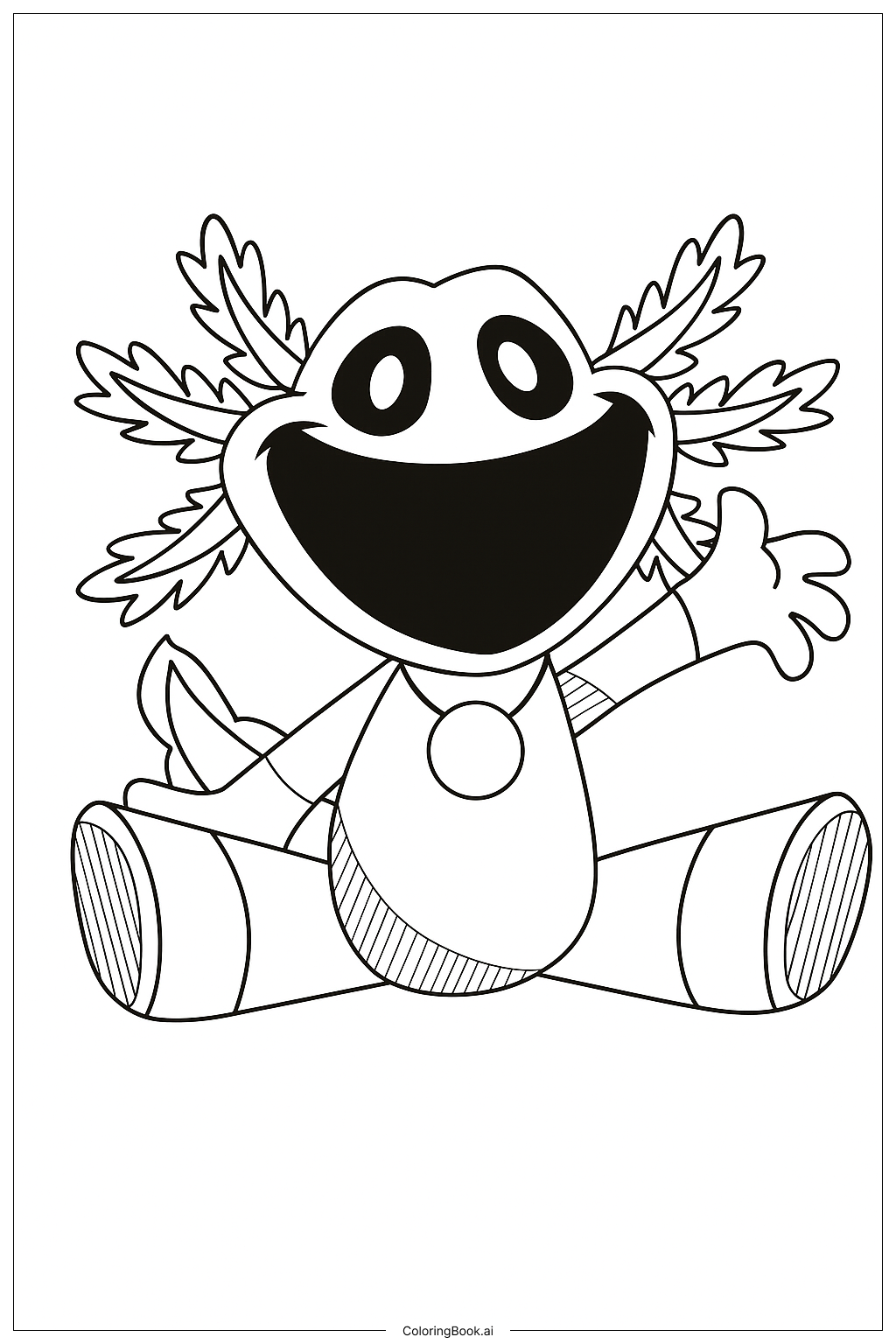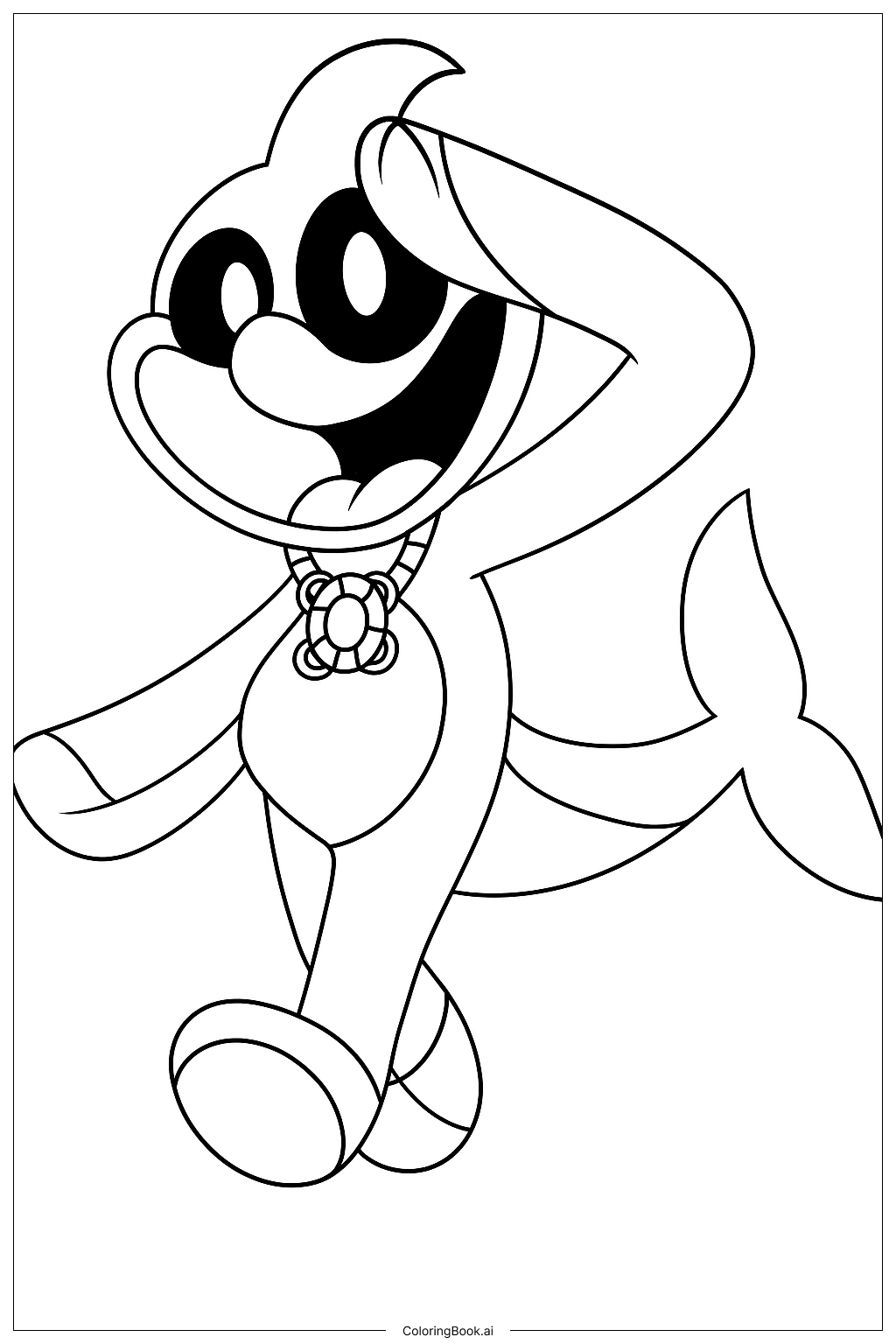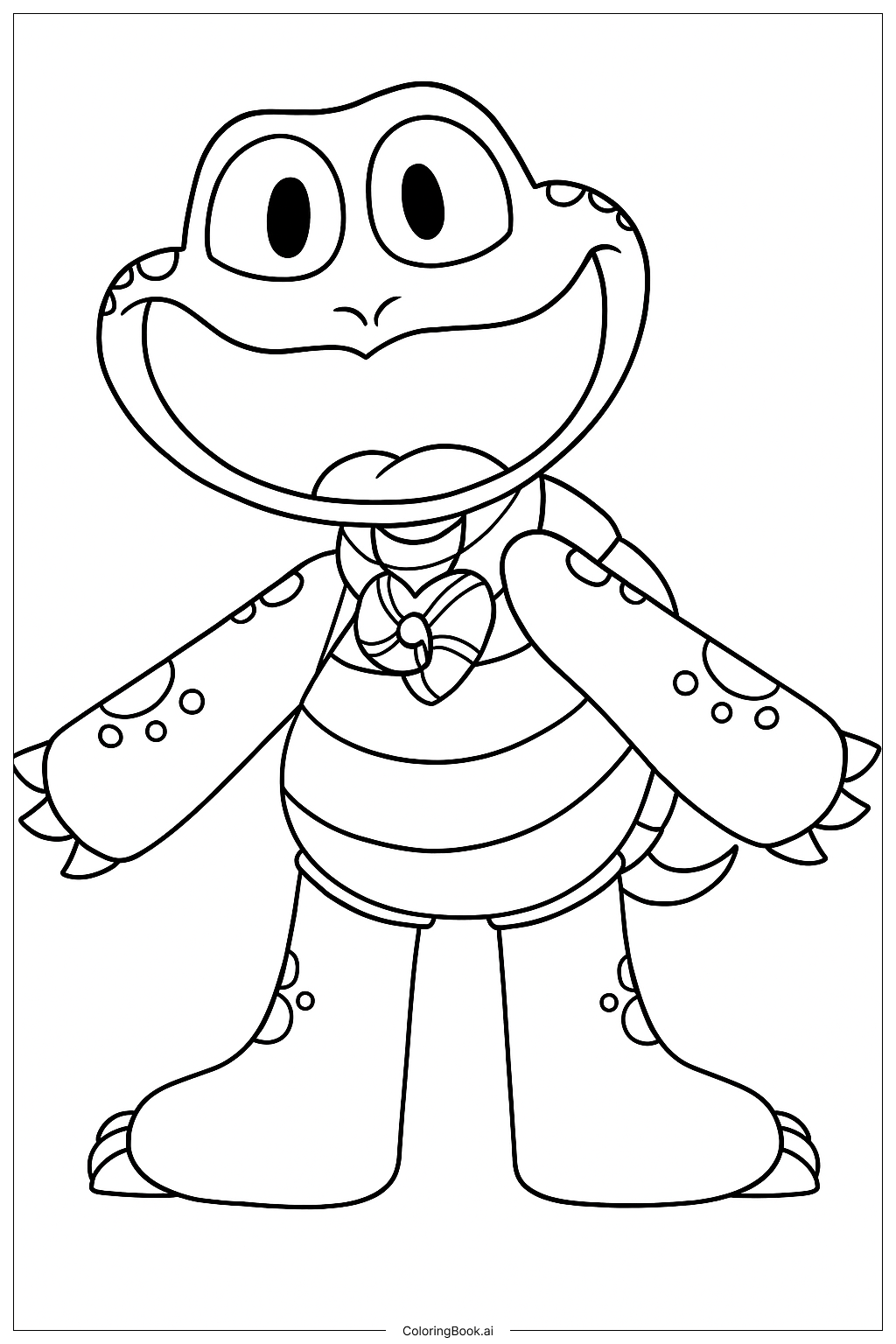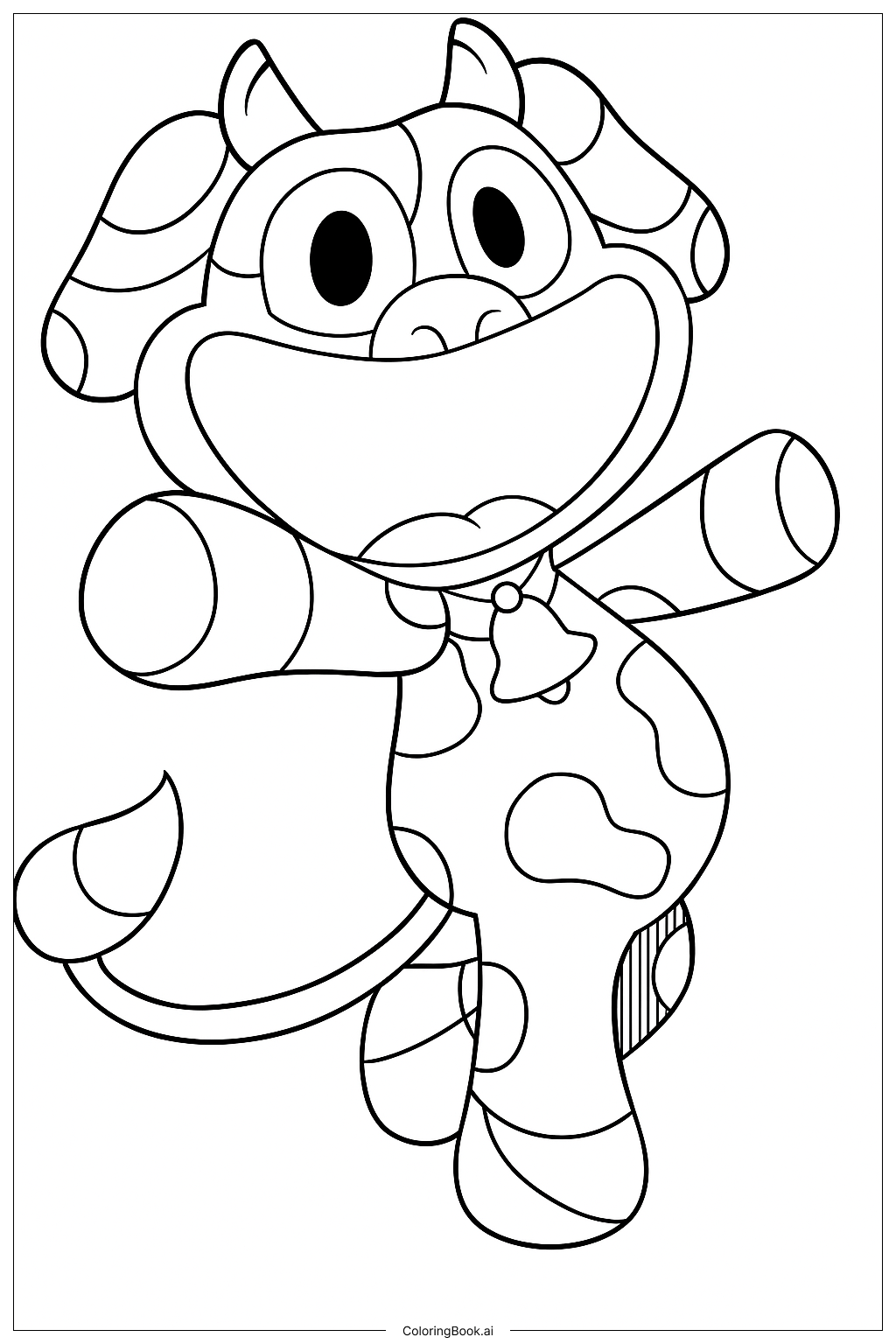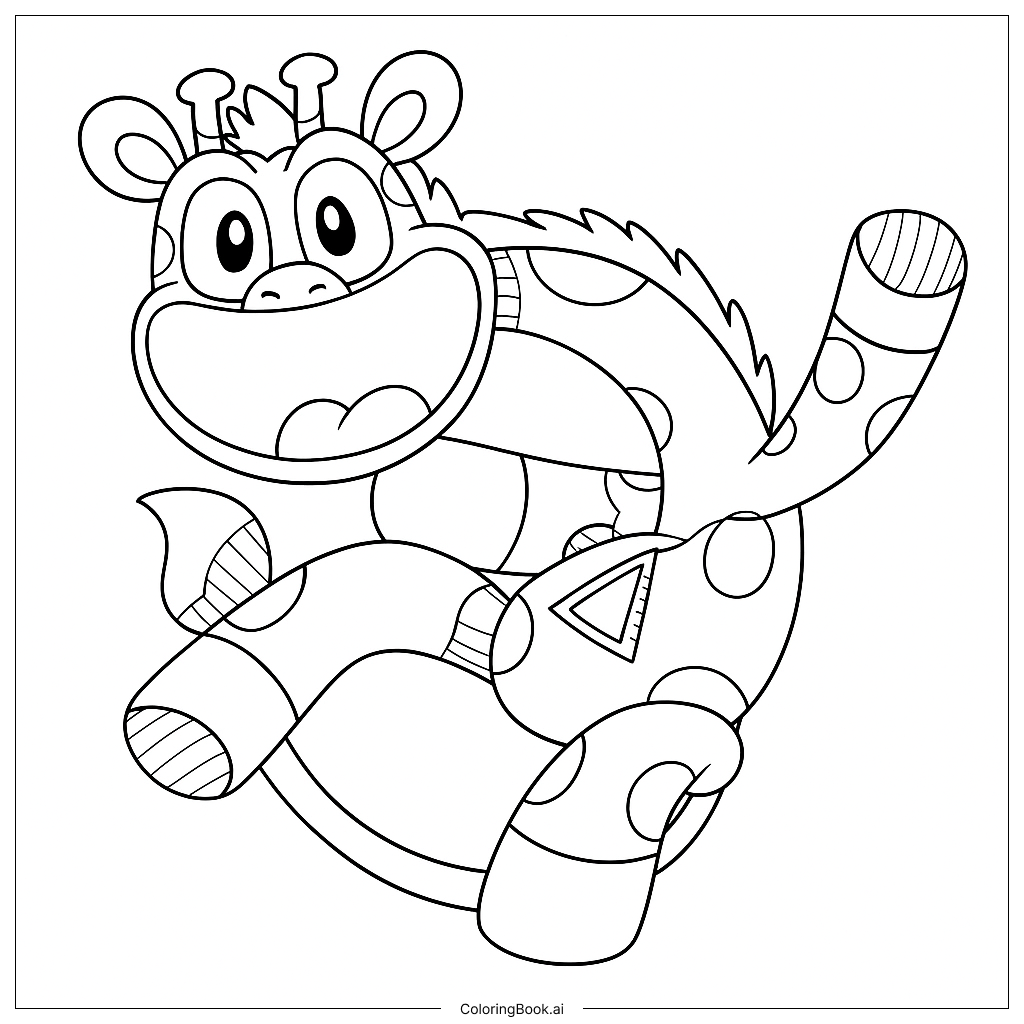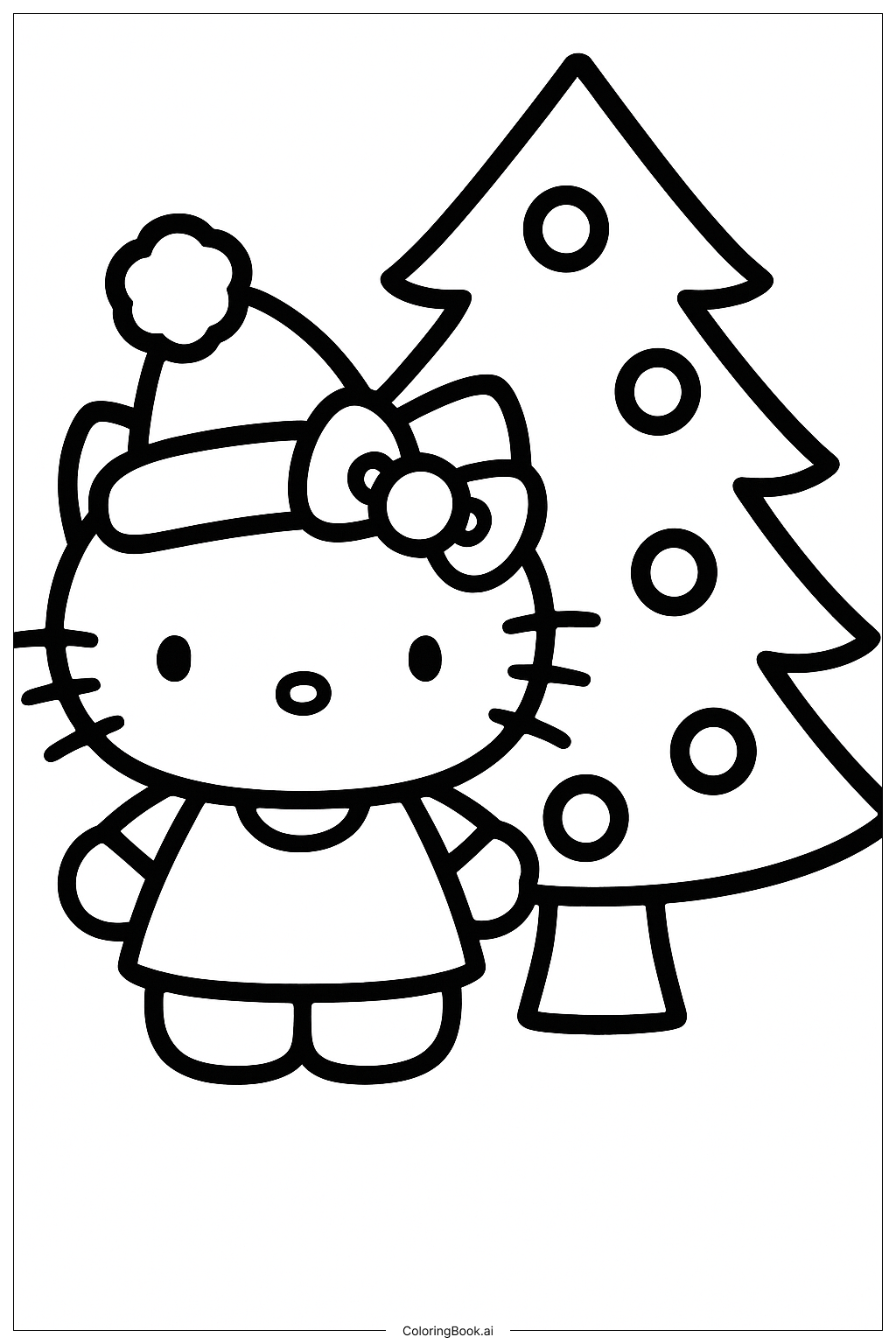Coloring tips: How to color Axobubble coloring page well?
Use bright and lively colors to show the axolotl's happy mood. You can color the body pink or light purple, which are common axolotl colors. Make the feathery gills stand out by using a contrasting color like light orange or yellow. The eyes can be left white with black pupils to keep the friendly look. For the tummy and feet, try softer shades to add variety. You might also add shading with darker tones to create some depth and make it look 3D.
Coloring challenges: Which parts are difficult to color and need attention for Axobubble coloring page?
1. Coloring the feathery gills can be tricky because they have many small parts close together. It needs careful coloring to stay inside the lines. 2. The big open mouth area is fully black, so it may be hard to add texture or variation without going outside the lines. 3. The little striped sections on each foot and under the belly need precise coloring to keep the lines clear. 4. The large areas like the body and legs can be difficult to color evenly without streaks or patches. 5. The eyes have small white spots that need to be left uncolored for the shiny effect, requiring careful attention.
Benefits of coloring books: Advantages of drawing Axobubble coloring page
Coloring this happy axolotl can help children improve their hand-eye coordination and fine motor skills because of its detailed areas. The cheerful character encourages creativity and positive feelings. It also teaches the children about this unique underwater creature, adding an educational element. Lastly, coloring within the lines boosts focus and patience through a fun and engaging activity.
